Finches are a colourful family of small birds whose cheerful songs are common in parks, gardens, woods and farmland in spring.
But within this large group, there are some species that specialise in certain habitats or with specific types of food. Some have large bills for crushing hard seeds, others' beaks are like tweezers for extracting tiny seeds from cones or seedheads.
Learn more about Britain's finches and buntings with our simple identification guide to 15 species, including the chaffinch and goldfinch.

What’s the difference between a bunting and a finch?
Not a lot – they are closely related. However, buntings are generally ground feeders and are more associated with open habitats while finches tend to feed in trees and shrubs and are more arboreal in nature.
Are sparrows finches?
Sparrows share the finches’ basic shape and are closely related but not considered part of the same family. Britain has two sparrow species: the house sparrow and the rarer tree sparrow. The so-called hedge sparrow is the dunnock and is not related.
How to identify finch species
Chaffinch
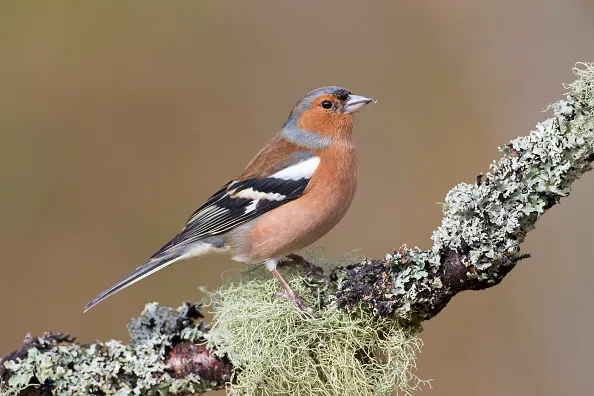
A chaffinch is a common bird (Britain’s second most common breeding bird after the wren) of hedgerows, farms, parks and woodland edges – the male’s plumage is a smart blend of slate and terracotta while the female subdued olives and browns.
The male’s song is a cascading chuckle sung from large hedgerow trees but he also has a rasping, persistent call that can seem endless on hot summer’s days.
A frequent visitor to birdtables and often forages on the ground beneath seed and nutfeeders.
Greenfinch
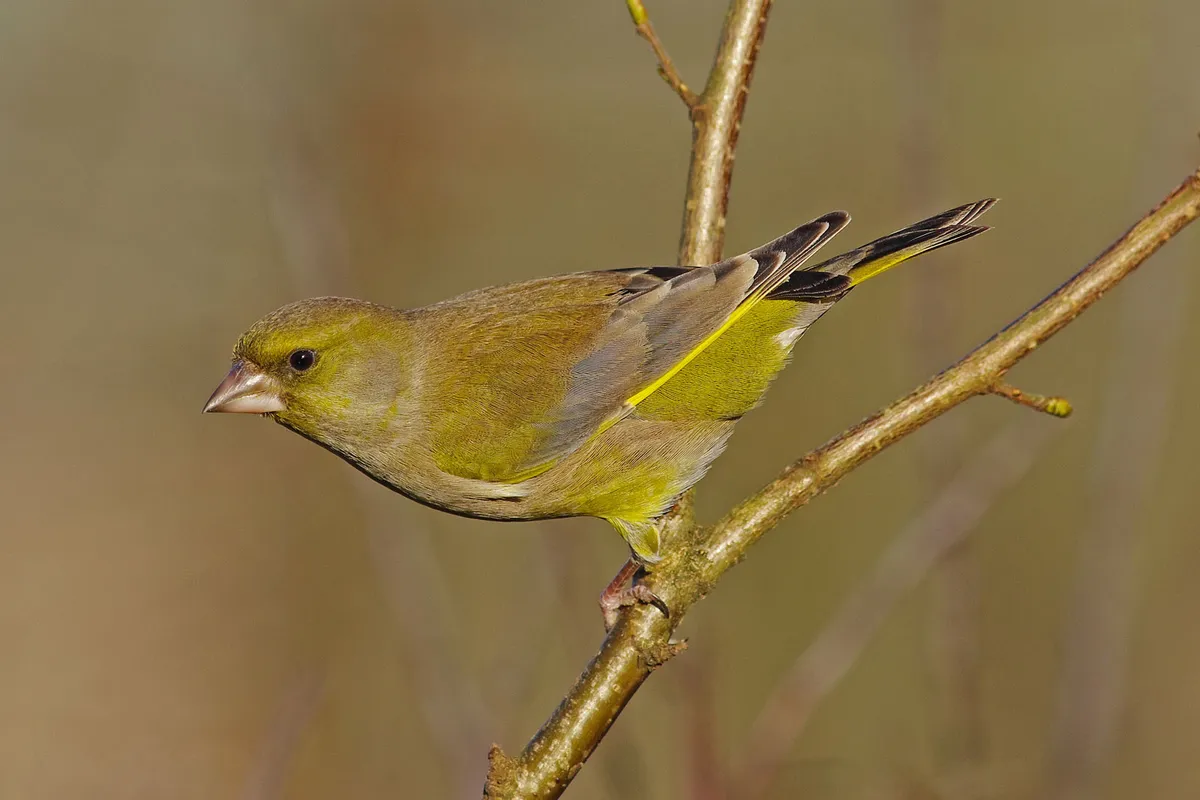
Male and female are similar in colour, a palette of yellowy-greens. Greenfinches are common garden visitors and particularly thrive in the suburbs’ blend of leafy streets and commons.
The males wheezed morse code of a song is delivered from tall garden trees and the tops of hedgerows. The greenfinch has been badly affected by trichomoniasis – a respiratory disease that can be spread via birdfeeders. Greenfinches adore sunflower seeds.
Goldfinch
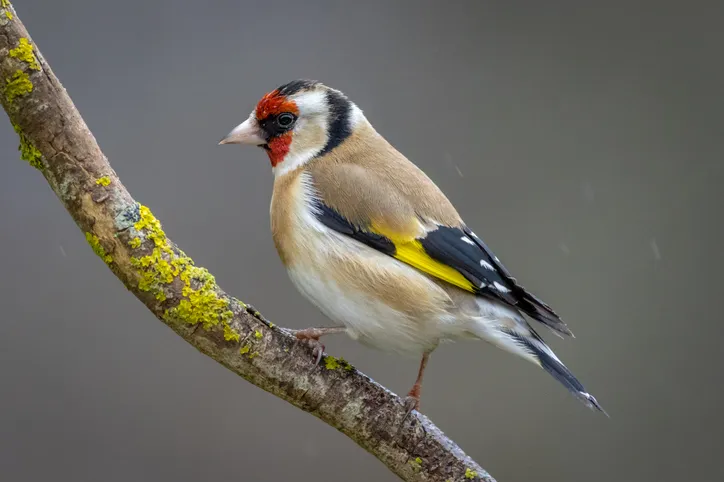
The tinkling song and flight call of goldfinches has become much more common in recent years as this extremely pretty bird has benefitted from the rise in birdfeeding – especially sunflower hearts and niger seeds though in the wild their thin bills are ideal for tweezering seeds from thistles and teasel.
The birds are common in most woodland edge and hedgerow habitats as well as parks and gardens.
Bullfinch
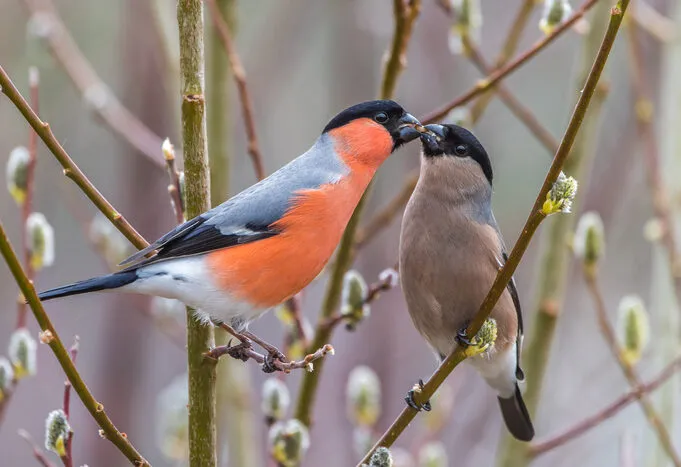
With its beautiful salmon-pink plumage (the female is chocolate mousse) and huge black head, the bullfinch ought to be well known but it is secretive and often only gives away its presence deep in a hedge through its silvery call.
Once prized as a cage bird for its delightful voice, the bullfinch has been persecuted for its penchant for eating the buds of fruit trees and ruining the crop.
Hawfinch

Our largest finch and a rare and shy one. It has a huge bill for cracking the stones of yew berries and cherries and, in winter, can often be found in old churchyards where yews are common.
The marmalade colouring is extraordinary but this helps the bird blend into the tree canopy of the deciduous woodland that it loves in spring and summer so it is overlooked and under appreciated despite its fabulous looks.

Siskin
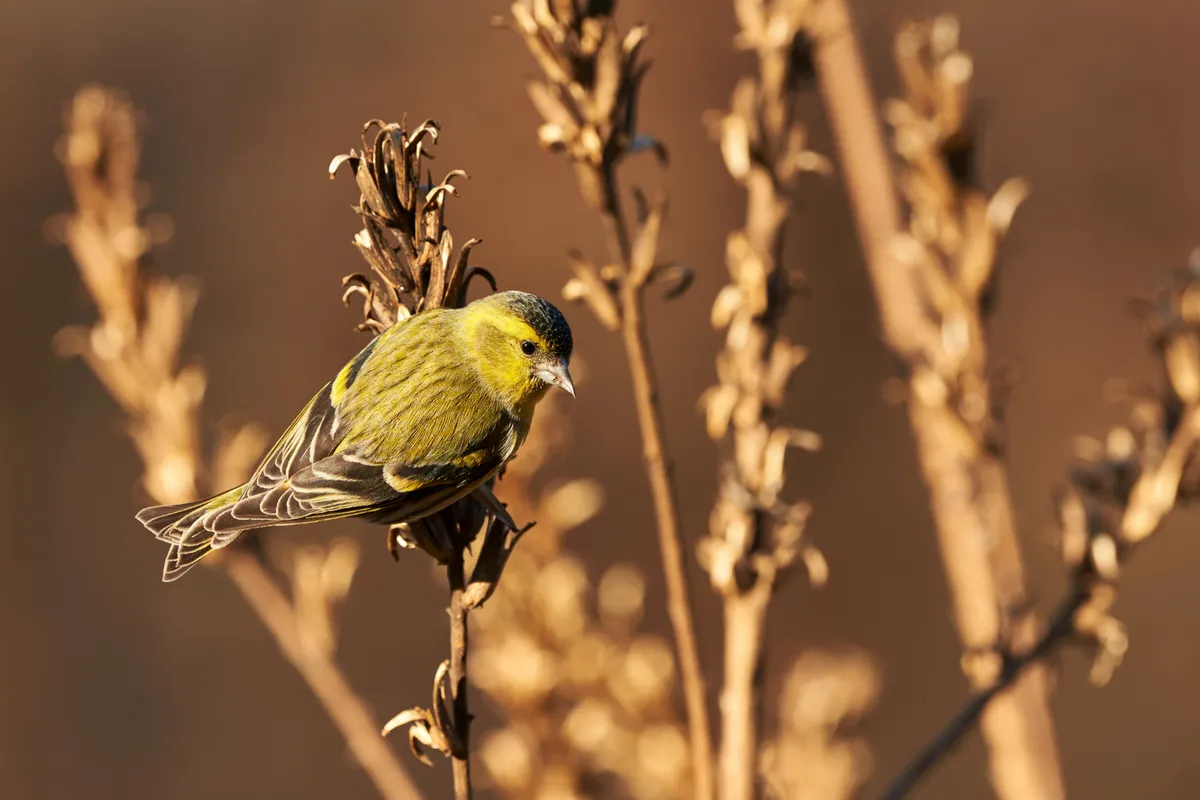
A small conifer-loving finch whose high-pitched twittering chatter rains down from evergreens in winter as flocks forage for seeds in pines, birch and alder, with the latter being especially prized.
Greenish-yellow and streaked with black, the siskin can be confused with the larger greenfinch but rarely comes to gardens and has a sharply forked tail. Nests in pine trees.
Brambling
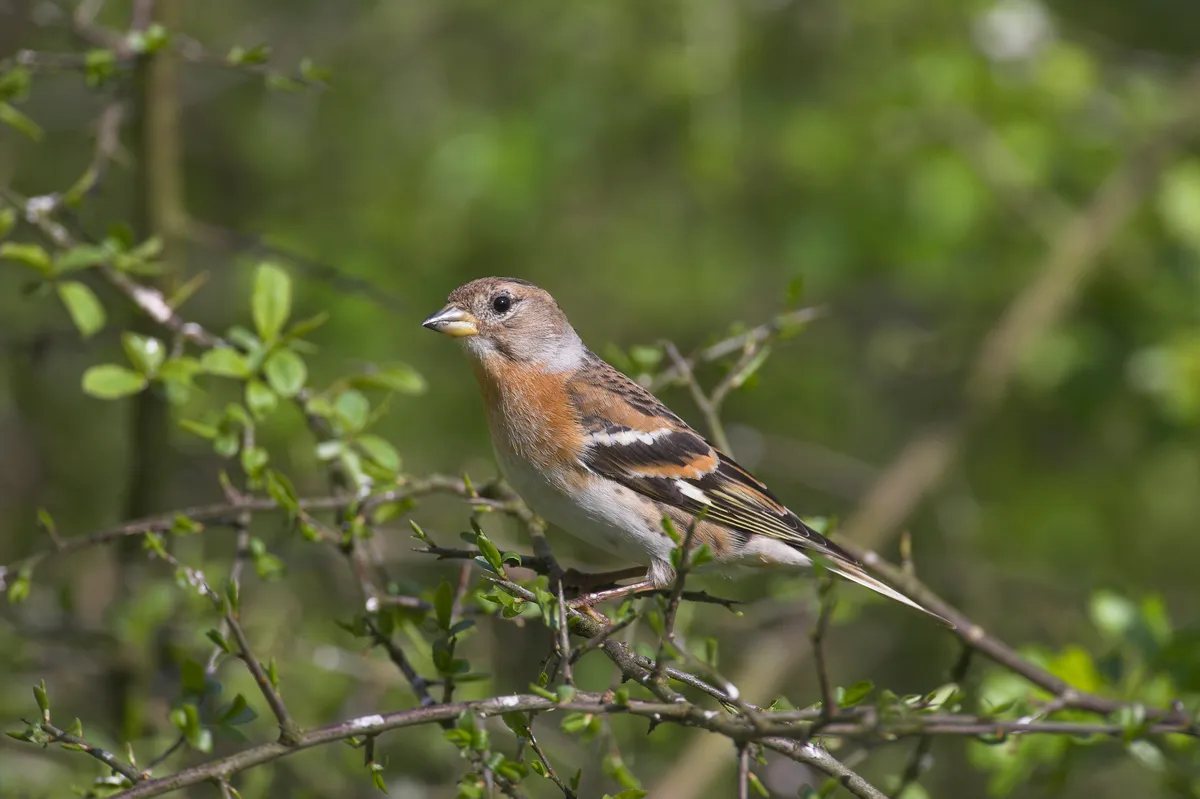
Our winter finch, this close relative of the chaffinch shares much of its cousin’s colouration but with a darker head and a bright orange belly.
Hundreds of thousands flee the harsh winters of Russia and Scandinavia to dine out in Britain’s woodlands. It flocks with local chaffinches and so many bramblings go unrecorded. It is most easily recognised by a flash of white rump in flight.
Common crossbill
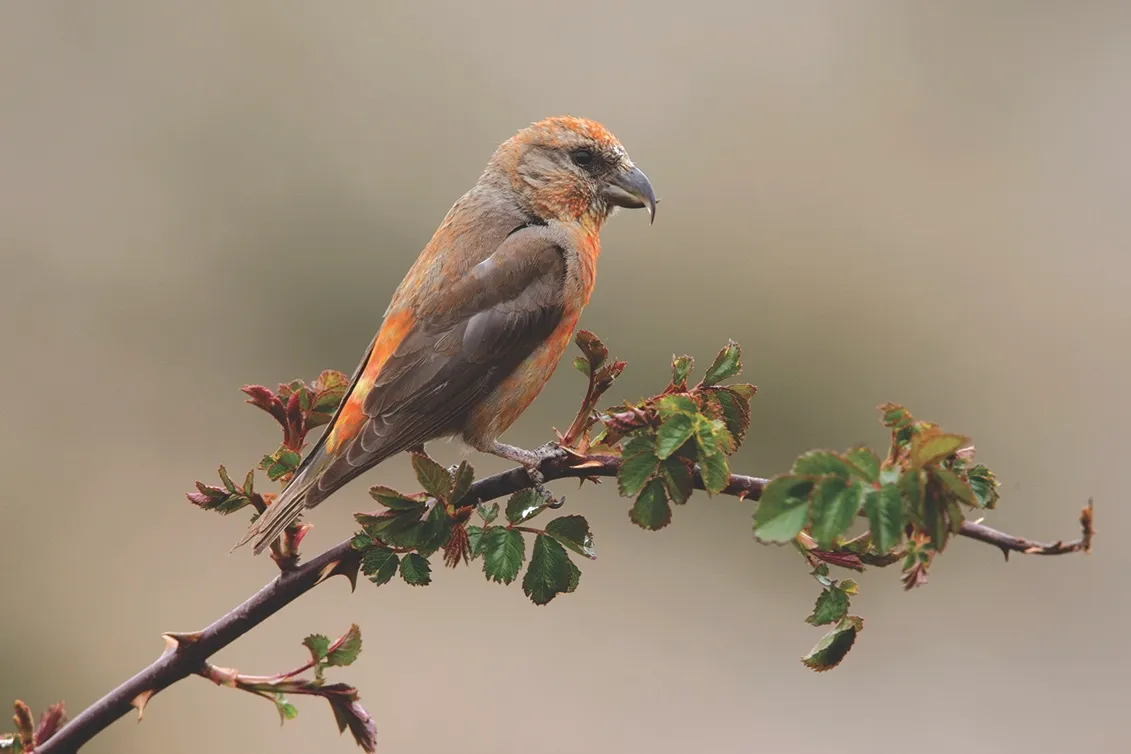
A conifer specialist and with a tweezer-like bill whose points actually do cross over so it can prise seeds from pinecones.
Males are a bright red while the females are greenish brown. A large finch, it flies in large flocks among the treetops and is quite hard to get close-up sightings.
In winter some years, resident flocks may be joined by continental birds and crossbills may be seen anywhere where there is suitable habitat. The is a unique species – the Scottish crossbill – which is the only bird species found solely in the UK. It is similar in looks to the common crossbill.
Twite
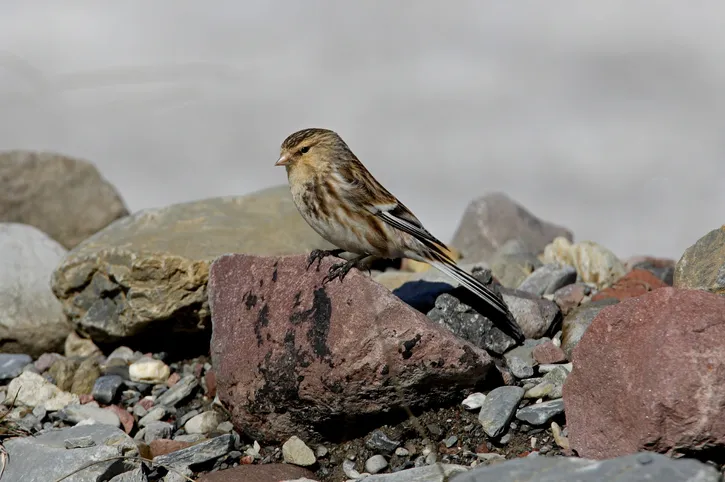
A small understated finch with streaked brown plumage and, in the male, a pink rump. It is largely confined to unmanaged fields and moorlands near the coast in western and northern Scotland.
Unlike most finches, which feed heavily on insects and invertebrates in spring and summer, the twite is a year-round seedeater – a feature it shares with the linnet.
Linnet
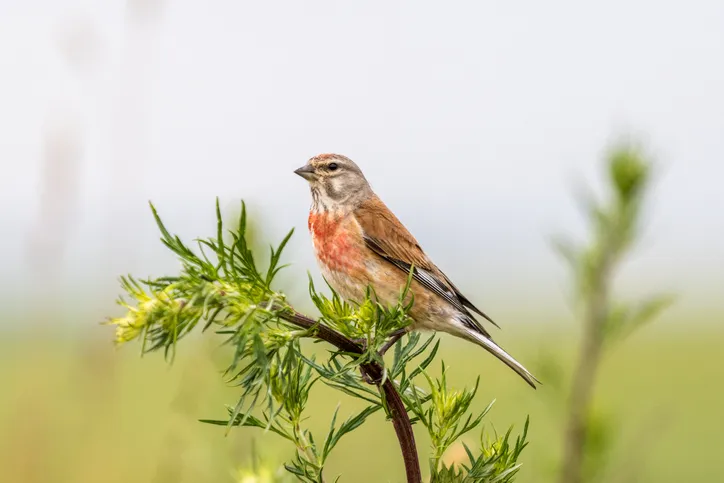
The farmland finch that loves to descend on grassland and crop stubble in flocks to glean seeds. However, it has suffered major losses due to the intensification of farming: the loss of feeding opportunities and hedgerows in which to breed. But where the conditions are right, you can still here the delightful tinkling metallic calls and song. The male blushes scarlet in the breeding season and has a gorgeous fawn shoulders and back. The female lacks the red but has whiter underparts.
Lesser redpoll
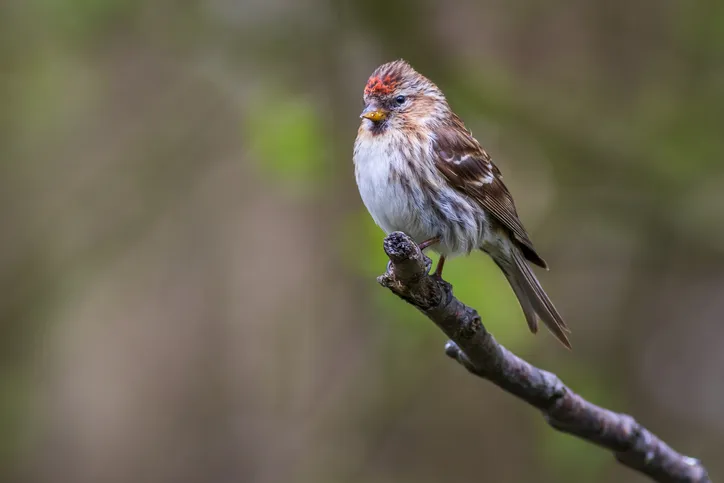
A small bird of woodland and scrub that occasionally visits gardens. The male has pronounced red brow and chest in spring and emits a distinctive rattling, stuttering call, which is often the best way to identify this shy species.
It quite often forms flocks with siskins in winter, and forages in birches and alders.
Yellowhammer
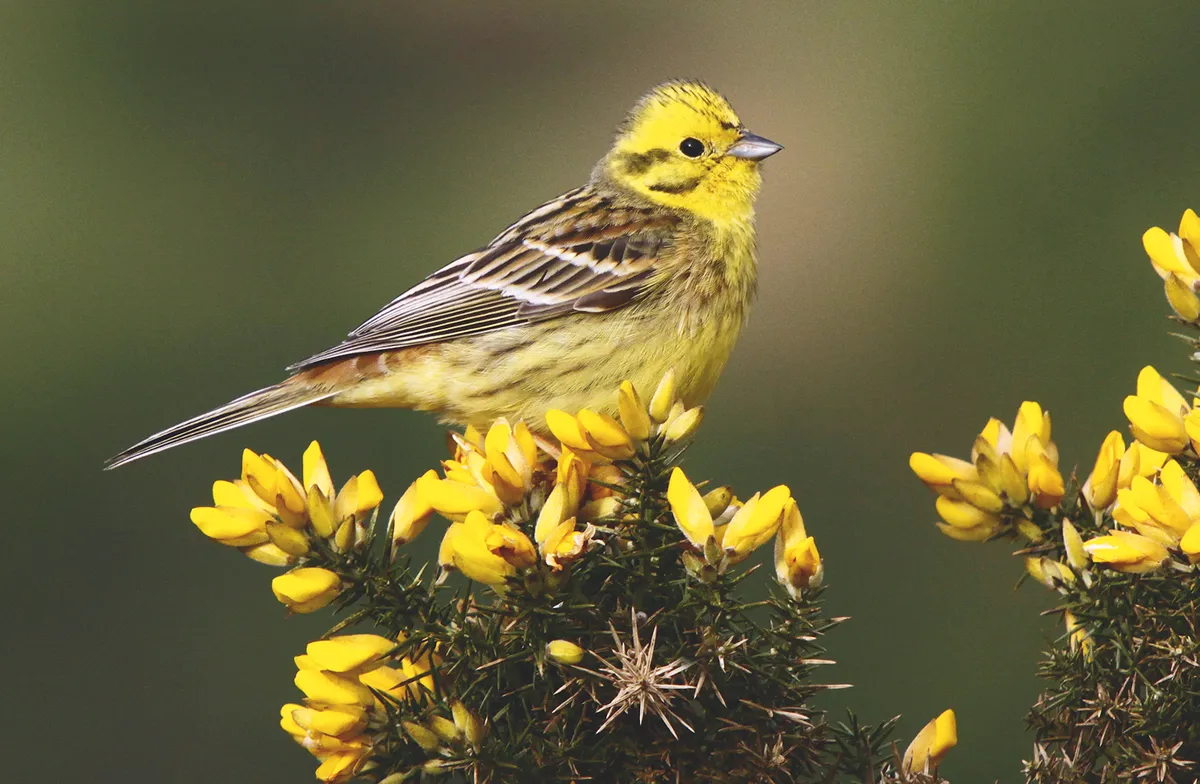
The farmland canary with a tremendous song that is woven deeply into our farmland folklore. The rising and falling trill and wheeze has been likened to saying ‘a-little-bit-of-bread-and-no-cheeeeese’ and is sung quite late into August – a familiar accompaniment to sultry summer days. Though less familiar in recent years, due to a major decline in numbers.
As with the corn bunting, the yellowhammer has lost precious hedgerow nesting sites and feeding opportunities are more limited on large-scale modern arable farms.
Reed bunting

With a handsome black head and chestnut streaked back, the male reed bunting in a striking bird of wetland and moorland edges. He loses his bolder plumage in the winter and he and the female resemble house sparrows but with longer tails.
The male has a fairly tuneless but charming three-note song, uttered from scrubby willows and hawthorns within his territory.
Corn bunting

The corn bunting is a large dumpy finch with a large beak and brown streaked plumage. Well-named, it is mostly found in arable landscapes and, like the linnet, has suffered a plunge in numbers following widespread agricultural changes of the past 60 years.
It is most notable for its zipping metallic jangle of a song that punctuates summer fields and meadows.
Snow bunting
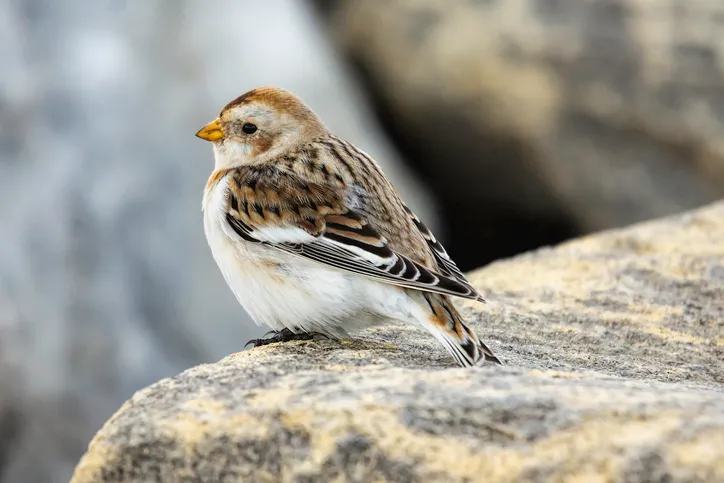
This gorgeous white bird with fawn head markings and black streaks on its wings breeds in Scandinavia and the Arctic Circle though a handful of pairs nest on the rocky slopes of the Cairngorms.
You’re most likely to see snow buntings as winter visitors along the coasts of eastern Scotland and England.
